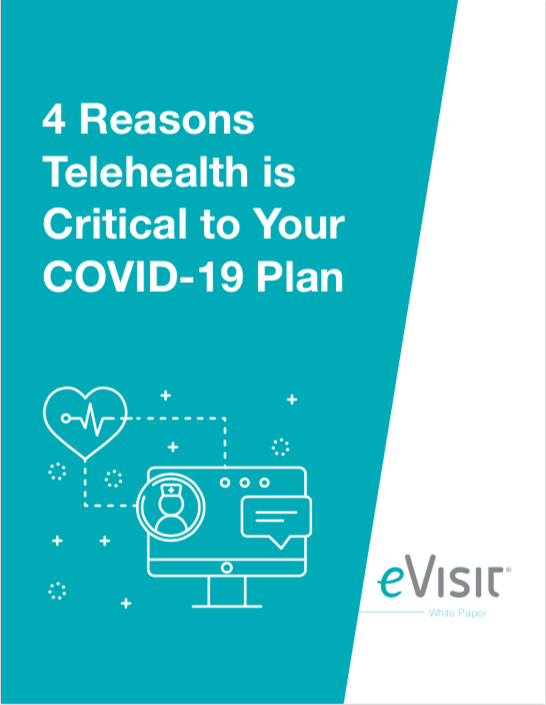The change to ICD-10 is the biggest shift in medical documentation, billing, and reimbursement in decades. So it is no surprise, that there is a financial impact on your practice. The latest research suggests that for small practices, the cost to implement ICD-10 will be $2,000 - $6,000.
However, cost isn’t the only financial factor to consider. Experts have suggested that practices should also expect a revenue shortfall of as much as 50% for the first three to six months after the October 1, 2015 transition.
A small practice is a small business and small businesses have bills to pay to keep the doors open. To keep the lights on no matter what happens, consider implementing this three part financial plan for ICD-10:
- Create a budget for added expenses related to training and preparing for the transition.
- Identify what you will need for cash reserves to protect your practice in the event of a reduction in revenue and productivity. You’ll need to save that money or work with your bank to establish a line of credit.
- Look at ways to contain costs and reduce expenses in case you do see a revenue shortfall.
ICD-10 Budget
Because ICD-10 requires training, updates to forms, changes to workflow, and the purchase of new resources, it needs a budget. It doesn’t have to be fancy, but take some time to create a spreadsheet and list out all the potential expenses. These may include training, workbooks, travel, salaries and/or OT, updates to forms, etc.
Once you have all those items identified and priced out, assess whether you can accommodate them in your normal monthly budget or if you need to set aside some extra funds to cover those costs. The sooner you figure it out the more time you have to spread out the expenses.
Cash Reserves
With such a significant change, your practice is likely to see some slowed productivity after October 1. The more prepared and well-trained you are, the less impact ICD-10 should have, but you can’t predict how the transition will go with your payers. While your own staff may do fine, there could be delays with payers or denials that you can’t prepare for ahead of time.
If you can set aside enough cash reserves (or qualify for a line of credit) before October, 2015, you’ll be prepared for whatever happens. Use these steps to plan:
- Total your last 12 months of revenue and divide by 12 to get your average revenue per month.
- Divide your average revenue per month by two.
- Multiply that number by three.
- The result ________ is equal to 50% of average revenue for three months.
Cost Containment
Setting aside reserves or getting a line of credit for ICD-10 may not be enough. When you combine additional expenses for several months with loss of revenue for up to three months or more, you might want to look at how you can cut expenses in your business.
Managing expenses and containing costs is something you should do on a regular basis as part of your annual budgeting. Here are four key areas to review:
- Reduce Utilities: If you have options for Internet, phone, or other utilities, it’s best to review each year and reduce where you can.
- Review Contracts and Leases: This is another area to review each year. As you make changes in software and other factors, you may not need the same equipment or services.
- Automate or Outsource Processes: You can outsource almost anything these days, and sometimes it really makes sense. Be open to looking at where you can move tasks from internal staff to more affordable or productive outsourcing.
- Staffing costs: This is your biggest cost. Now may not be the time for overtime, raises, or bonuses. Wait until after January 2016 to make those decisions and explain your reasoning to staff.
Your ICD-10 success hinges on many different factors. Many practices are focused on training, documentation improvements, and related items — all important steps. But, it would be a mistake not to make financial planning the lynchpin of your plans.
Financial prep for ICD-10 is critical, especially for medical practices running on a tight budget. Help other doctors get ready by sharing this article!



